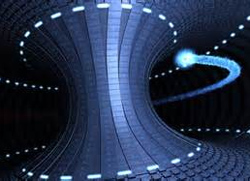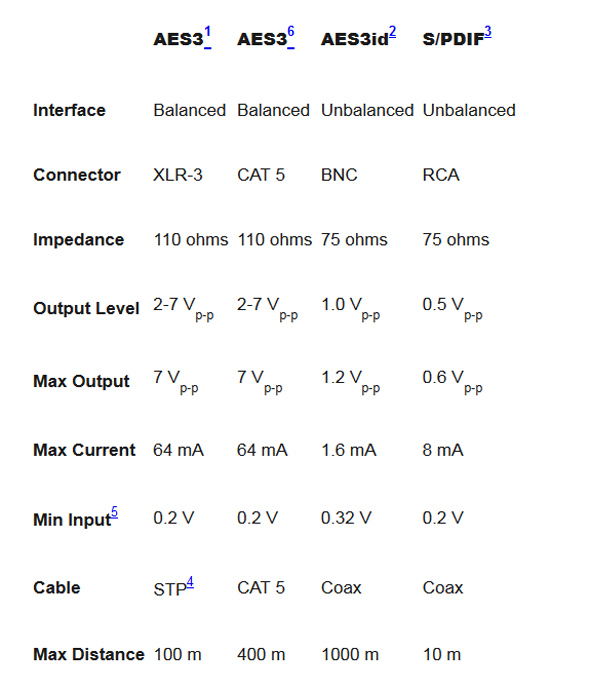Mainstream digital audio dates from the introduction of the compact disc in the early 1980s. Today two serial interfaces coexist: AES3 (aka AES/EBU) for professional use and S/PDIF for consumer products.
Simple low-cost passive conversion between them is possible—even easy—but it is also filled with cautions. The old rule that direct connection between AES/EBU and S/PDIF equipment is bad practice is relaxed today with new receiver chips tolerant to either interface. With that said, let’s explore this tangled nest.
Initials, Acronyms & Standards
The professional digital audio interface known as AES/EBU is initialism for Audio Engineering Society/European Broadcasting Union, the two organizations that created the first two-channel digital audio serial interface standard in 1985. Issued as AES3-1985, it was subsequently revised & reissued, with the latest version (as of 2001) being AES3-1992 (r1997) AES Recommended Practice for Digital Audio Engineering—Serial transmission format for two-channel linearly represented digital audio data.
It was also made an American National Standard, issued as ANSI S4.40-1992, and an international standard, issued as IEC 60958-4. The importance is that all of these documents cover the same serial interface.
Ray A. Rayburn adds, “AES3 allows the use of transformer or transformerless interfaces, while the corresponding EBU standard requires the use of transformers. Therefore it has become a common shorthand to say AES/EBU when the interface is transformer coupled, and AES3 when it is not or if the interface type is unknown.”
In the consumer universe we find the acronym S/PDIF (also seen without the slash as SPDIF) created from Sony/Philips digital interface format. This was also made an international standard and issued as IEC 60958-3 (same number, different dash as the professional version), and it conforms with the EIAJ (Electronic Industry Association Japan) standard CP-1201 (renumbered CP-340).
AES-3id-1995 AES information document for digital audio engineering—Transmission of AES3 formatted data by unbalanced coaxial cable is the same format as AES3 but instead of 110-ohm balanced line, it is a 75-ohm unbalanced line using BNC connectors and carried over the same coaxial interface as consumer S/PDIF.
AES3id (the hyphen is dropped for simplicity) is a special AES3 subset for broadcast applications and long distance runs. (For long distance high-frequency transmission, unbalanced coax is superior to balanced lines due to the high capacitance of shielded twisted-pair cable.) Conversion between AES3 and AES3id is very similar to S/PDIF.
[Note that AES3 is a professional (only) audio standard and S/PDIF is a consumer (only) audio standard, while IEC 60958 and EIAJ CO-1201 cover both consumer and professional definitions.]
[Caution: Do not confuse S/PDIF with SDIF (no P); they are very different. SDIF, developed and used exclusively by Sony on early professional machines, is mono and not self-clocking, consequently requiring three cables for interconnection: two for the stereo channels and one for the synchronization clock.]
Differences Between AES3 & S/PDIF
The following table summarizes the differences in the electrical characteristics of AES3 and S/PDIF interfaces:
Table 1 indicates a large difference between the minimum output level and the minimum input level (2 V vs. 0.2 V for AES3 for instance). The difference is accounted for by two factors:
1) Half the signal is loss due to the impedance matching required for high-speed transmission lines (output impedance equals input impedance creating a 6 dB pad); and
2) Signal loss driving long cables.

















